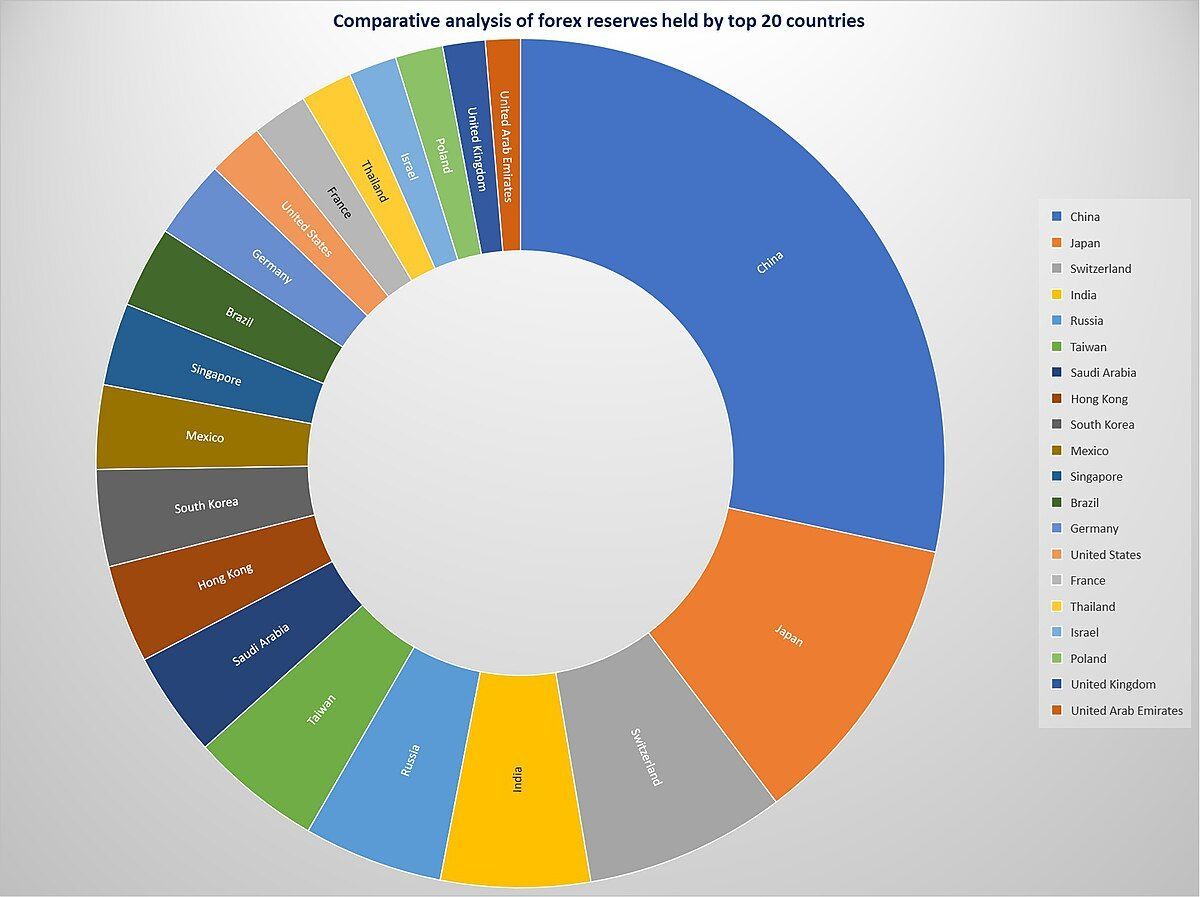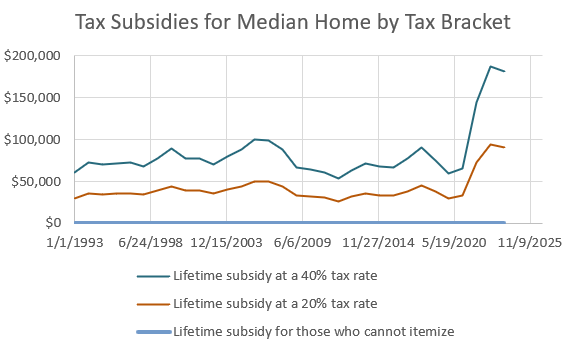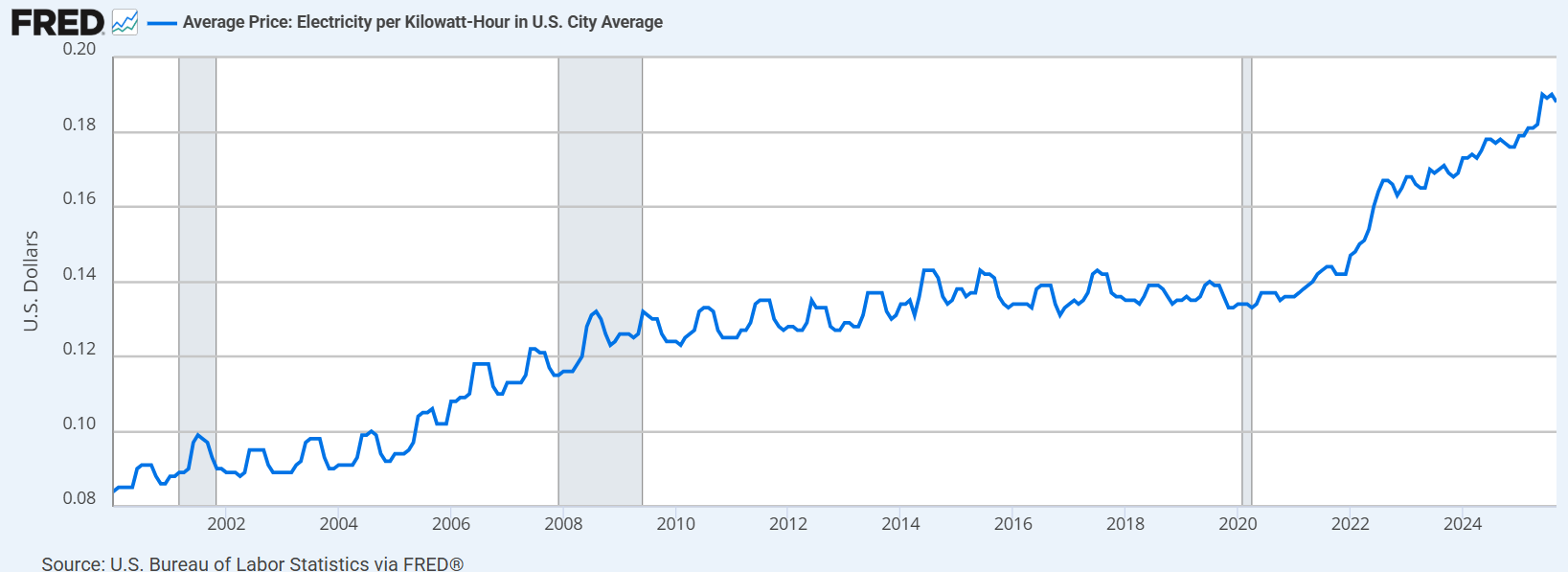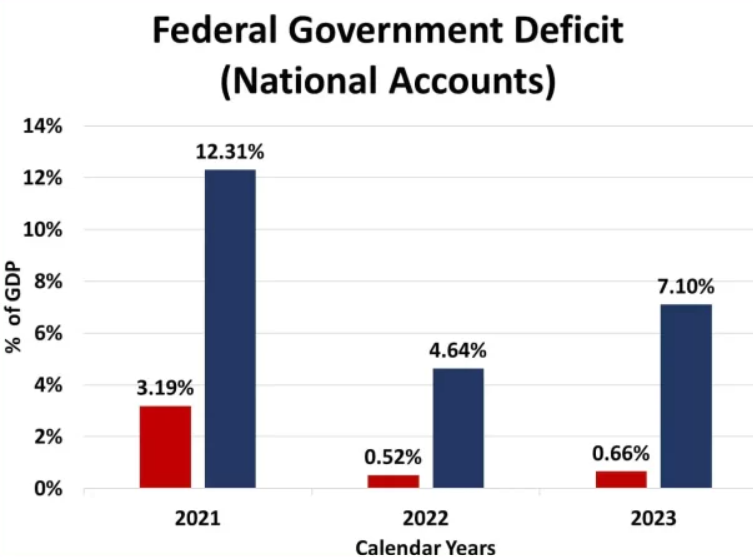Colin Read • December 3, 2023
The End-of-Month Economic Check-in, December 3, 2023

November established new records in financial markets and rumors of recessions are rarely uttered now. What gives?
In this blog we have harped on a fundamental error in analysis. When combined with the Fed’s political paralysis around the time its chair, Jerome Powell, sought reappointment, the Fed has been a follower rather than a leader in evolving economic data.
We won’t bother to delve farther into the palace intrigue mid 2021 that fomented the delays in policy responses that put us a quarter or two behind in responding to our observation of accelerating inflation, except to note that we have been reeling ever since.
And we still see markets do not delve deeply enough into the inner workings of inflation calculations.
The primary problem is that we continue to focus on annual inflation measures rather than annualized inflation. We should ask whether all price increases are created equal.
What I mean is that economic issues a year ago that may have been driven by supply constraints or labor market tightness are not nearly so relevant as the forces that drive the economy over the past months and quarter. As I watch the suffering New England Patriots play football this afternoon, I know that the last few games are far better predictors of their success today than their record in late 2022. The same goes for the economy.
Instead, this blog relies on our own calculations of inflation that determine an annualized inflation rate based on data over the last quarter. The data is in and inflation continues to be below three percent and trend toward the magical two percent mark the Fed is so hung up on.
We watch variations of three measures monthly. The headline Consumer Price Index that is most often quoted in the financial media is based on sampling of prices of a representative consumer bundle. A variation of this measure excludes food and energy costs because they are very volatile and mercurial. The same goes with producer prices, both with and without energy costs. Finally, we monitor the Fed’s preferred measure, the Personal Consumption Expenditures survey that better tracks evolving patterns of consumption, again with and without the most volatile elements.
But where we depart from other measures is that this blog believes the most recent data is far more relevant than year old data. Under my measures, every measure of inflation, based on an annualized quarterly moving average, is typically under three percent. If we average these measures out, it appears we may even hit the two percent threshold in the November data and close the year with a composite inflation measure under two percent
Why do we harp so much on inflation? Because the Fed does, and they are the most followed economic force on the planet. They are a big ship, and that ship does not revise its navigation system on a dime. Since they focus on perhaps less-than-relevant data, so does the market.
But while the Fed constantly quotes the annual inflation rate rather than annualized quarterly data, I suspect that they are looking at more recent data more than they let on. And, they are also likely realizing that we need not rely too heavily on the conventional wisdom that 2% is the rigid inflation policy goal.
Instead, we should guide the economy to a sweet spot that allows the inflation rate to be stable and not too high, while the nominal inflation rate is stable and not too low.
If we discover in a month or two that inflation is trending to a comfortable 2% to 2.5% range, the Federal Funds rate is around 5% to 5.5%, and the 10-year Treasury rate hovers in the 4.25% to 5% range, the economy seems to have been at a sustainable point for the last half dozen months.
For these reasons, the Fed has been attenuating its threat of higher interest rates and instead seems willing to hold the economy precisely where it is. This current sweet spot is a good one. Inflation is likely trending at 2.5% or less, the real (inflation-adjusted) risk free interest rate is finally in the 2% to 3% range, and unemployment still remains below 4%.
Even Gross Domestic Product remains robust, with the third quarter coming in at an annualized 5.2% rate, and 3% year-over-year. Meanwhile, the economy has been creating 200,000 new jobs each month for the last year. The Fed is becoming comfortable with gauging economic stability rather than harping on arbitrary measures. Every measure of the economy, from real GDP to the unemployment rate, interest rates and job creation are what we normally consider good to excellent, even if the inflation rate is ever-so-slightly higher than the desired goal, but is also converging nicely.
These are the reasons why the market seems so exuberant. No longer is the Damocles sword suspended by a thread held over market performance.
Of course, humans are hard-wired to expect regressions toward the mean. If things are too comfortable for too long, people inevitably expect a downturn. The mood of the electorate remains gloomy and disinformation abounds.
Certainly there are an unprecedented number of wild cards to worry about, from the invasion of Ukraine, the war between Hamas and Israel, a feckless global response to climate change, a completely dysfunctional Congress, and retrenchment toward nationalism spreading globally with the speed of a virus. Any one of these risks can derail an otherwise robust economy. All of them, and an election year, can blow it up. And yet, the economy continues to grow even as it transitions with major structural changes, in electric vehicles, new energy sources, and artificial intelligence.
I sit back with marvel and some trepidation. We have some huge changes to navigate, and yet the U.S. economy is motoring along. Next week, in the absence of some new dark cloud this upcoming week, we will discuss the current controversy in Artificial Intelligence.









